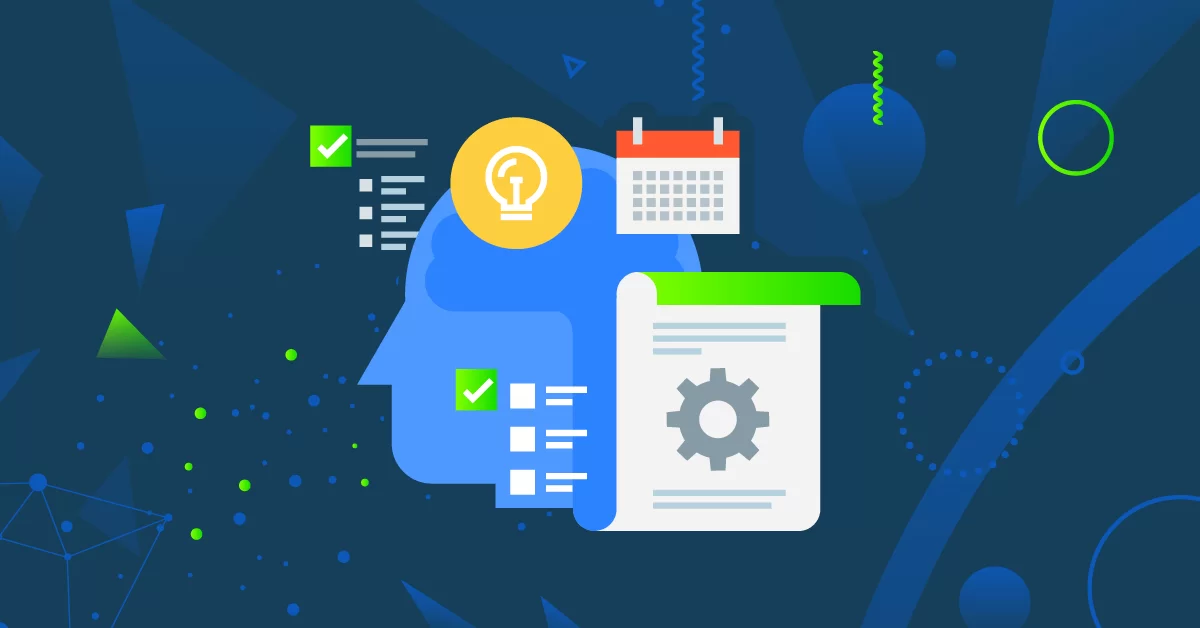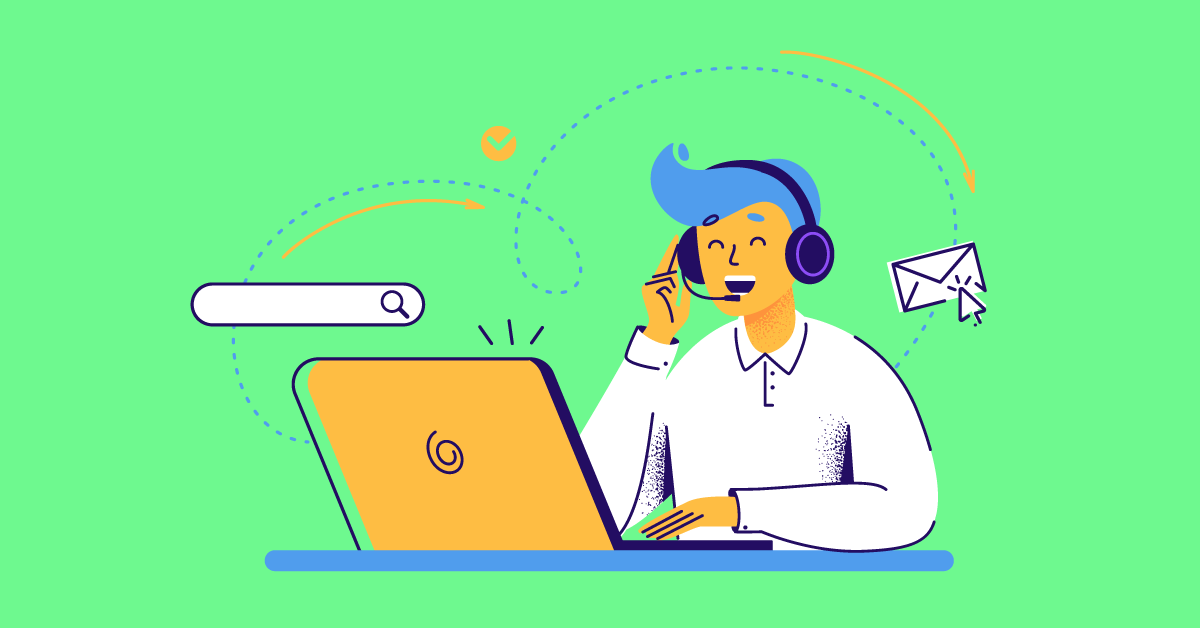An individual is born with aptitudes and affinities for certain skills. When given the optimum environment, these capabilities can be developed to perfection and sometimes even excellence.
Organizations are now not looking for perfection. Rather, they are looking for excellence. Innovation and creativity, leading to performance excellence. Organizations are now spending top dollar in learning and training programs for continuing professional development.
The question is, how can organizations discover and hone talent? Take a look at the following strategies to create training programs for employees.
Remember, the goal is to help employees realize their talent and develop skills for better performance. This is especially true for employees who may be good with numbers, but not too good with people management. Or someone who has great leadership skills, but needs to brush up their technical skills.
Create Learning Goals
Before any talent can be recognized and developed, a learning gap assessment is extremely desirable. Organizations need to create a refined list of learning goals: this list should include the skills and behaviors of employees, based on the organization’s needs and the demands of the industry.
Assess Achievement
Once the learning goals have been established, employees need to be assessed using the relevant testing format. Developing strong learning goals enables an organization to appreciate its current knowledge and design the future knowledge pathway to accomplish current job requirements. It is also the key element in defining future job roles as well as succession planning in the organizational chart.
Connect Mastery with Job-tasks
Define specific job skills. How do employees need to handle irate customers? What do paramedics need to do in an emergency within the hospital? What is the new product launch protocol?
Once the required skills are established, they need to be linked with the learning goals list. Design your training and development plan around learning goals and skills to transform mastery in performance.
Align Learning and Development with KPIs
Key-performance-indicators (KPIs) are based on the strategic goals of the company. Owing to the uncertainty and unpredictable nature of the marketplace and e-businesses, organizations need to revise their KPIs constantly.
Each version should yield a set of learning goals and skills required to meet the strategic goals of the organization. Learning and development training programs need to match their pace with the quickly changing business scene.
Develop Responsive eLearning Content
Hiring external training organizations is definitely a big “no” in current times. Training companies don’t know your organization as much as you do. Create responsive eLearning programs to get the maximum talent out of your employees.
Teaching employees what they already know is a big time energy and resource waste! Build on their existing talents, and hone them with company expectations. Who are the senior members and who are the subject matter experts of your organization? Who are the line managers? Get them involved in refining training programs.
Provide options in your training programs for employees to opt out of sections they feel they know after they are able to pass the relevant assessment. This will save learning time and have them focus on the required skills and talents.
A great tip here is to have retiring employees offer the training themselves. Such sessions will base more content on the history of the company than other business models.
Make Training Relevant to the Role
To truly build talent and have employees outperform themselves, link training to their job roles. Sections in the content should be devoted specifically to the job description and task implementation procedures.
Offer job aids as often as possible. Job aids help build good performance behaviors. Create the real problems again in the content and have employees solve them with a cool head and calm attitude.
Lessons learned in those real mistakes need to be demonstrated in details. Sometimes we learn better when we are told what NOT to do as opposed to what we should be doing.
Evaluate Employee Performance
When employees transfer their learning directly to their work context, they are also more responsible for their learning and performance.
Regularly evaluate performance, discuss any gaps and offer related training. Such fine-tuning actions are extremely critical to maintain the learning mindset and excellence in performance.
Delays in evaluation have been shown to slow down the motivation to train and perform better. Recognize the scaffolding talent and promote it actively.
Reinforce Learning
Go for regular employee evaluation and performance briefing, as opposed to bi-annual evaluations reinforce learning. Create a SWOT Analysis for each employee, in a way they can observe how their performance changes over time. Figuratively demonstrating employee performance will also reinforce learning and motivate them to continue learning.
Communicate the learning activities and their impact regularly, and have employees share their opinions casually. This will further aid in discovering skill-gaps and polishing talent.
Organizations cannot afford to lose talent by being careless about the their learning activities. In the current business landscape, change through learning is mandatory. We hope these tips will help you create a stronger learning organization with indispensable and nurtured talent.


